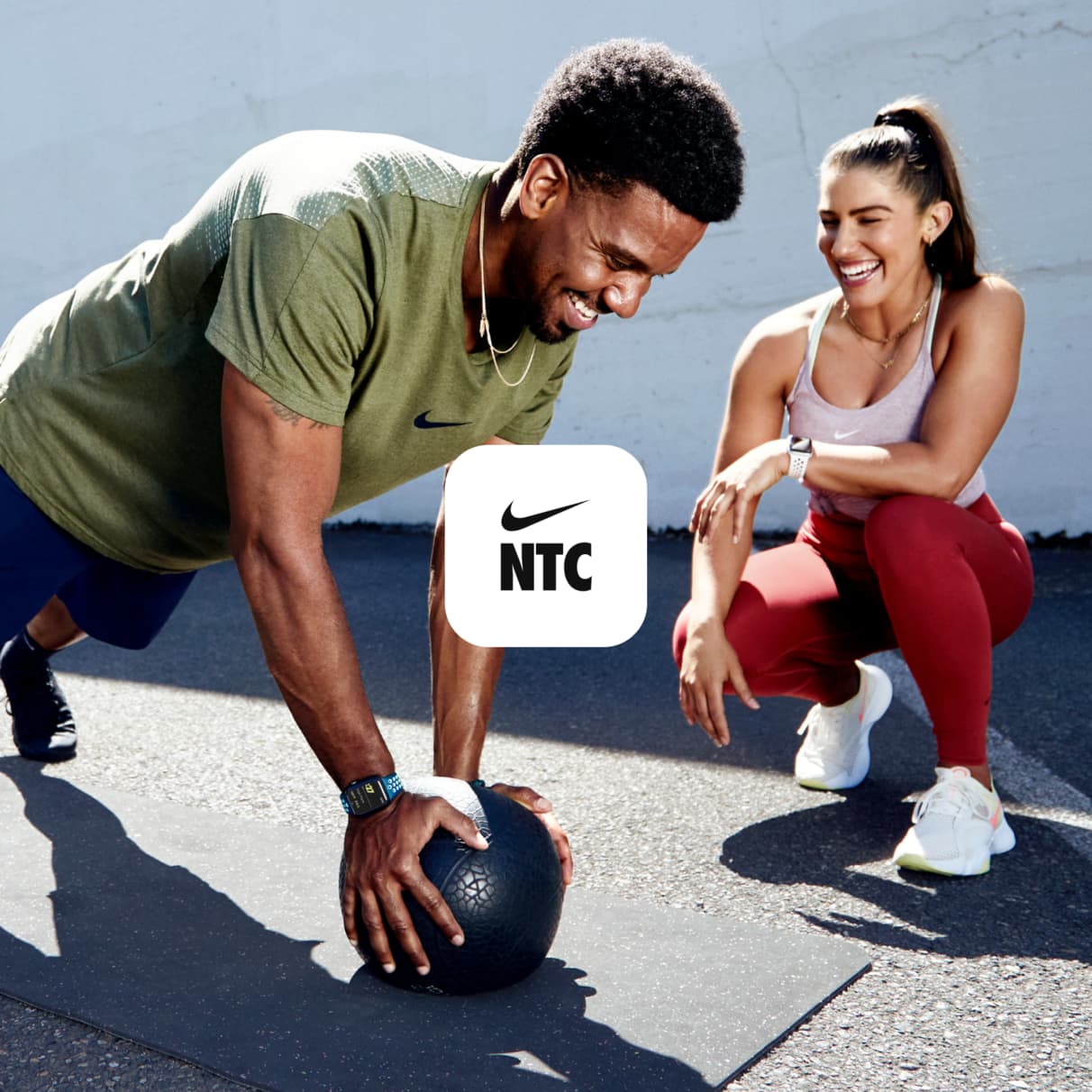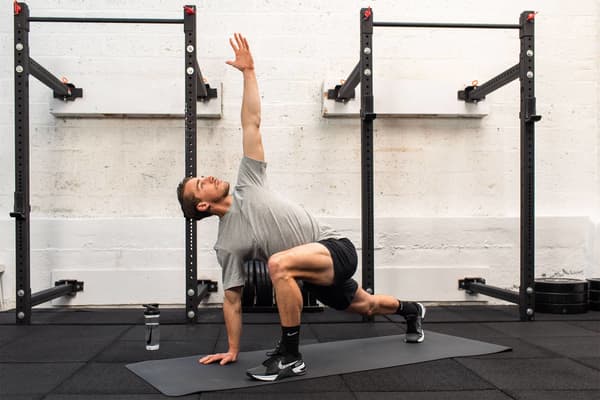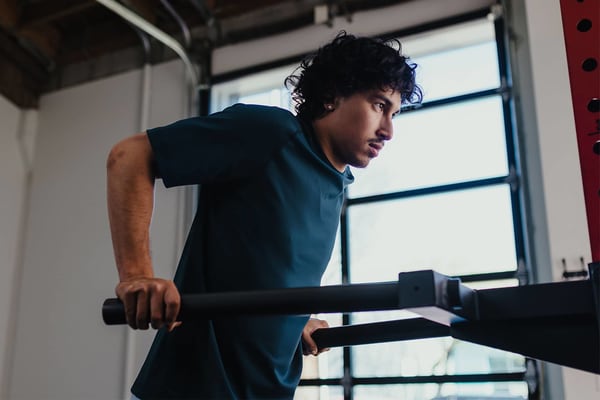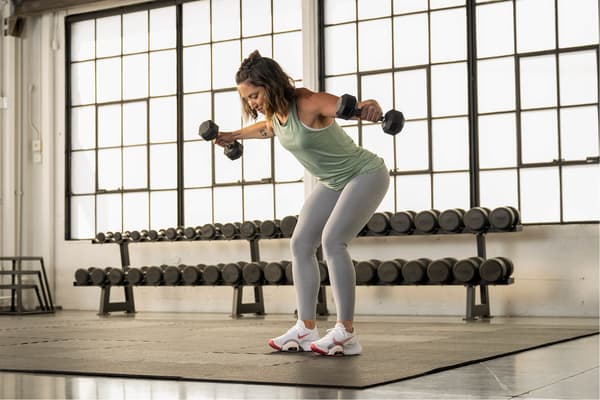What Are Upright Rows?
Sport & Activity
Plus, a few different variations to try in your next workout.
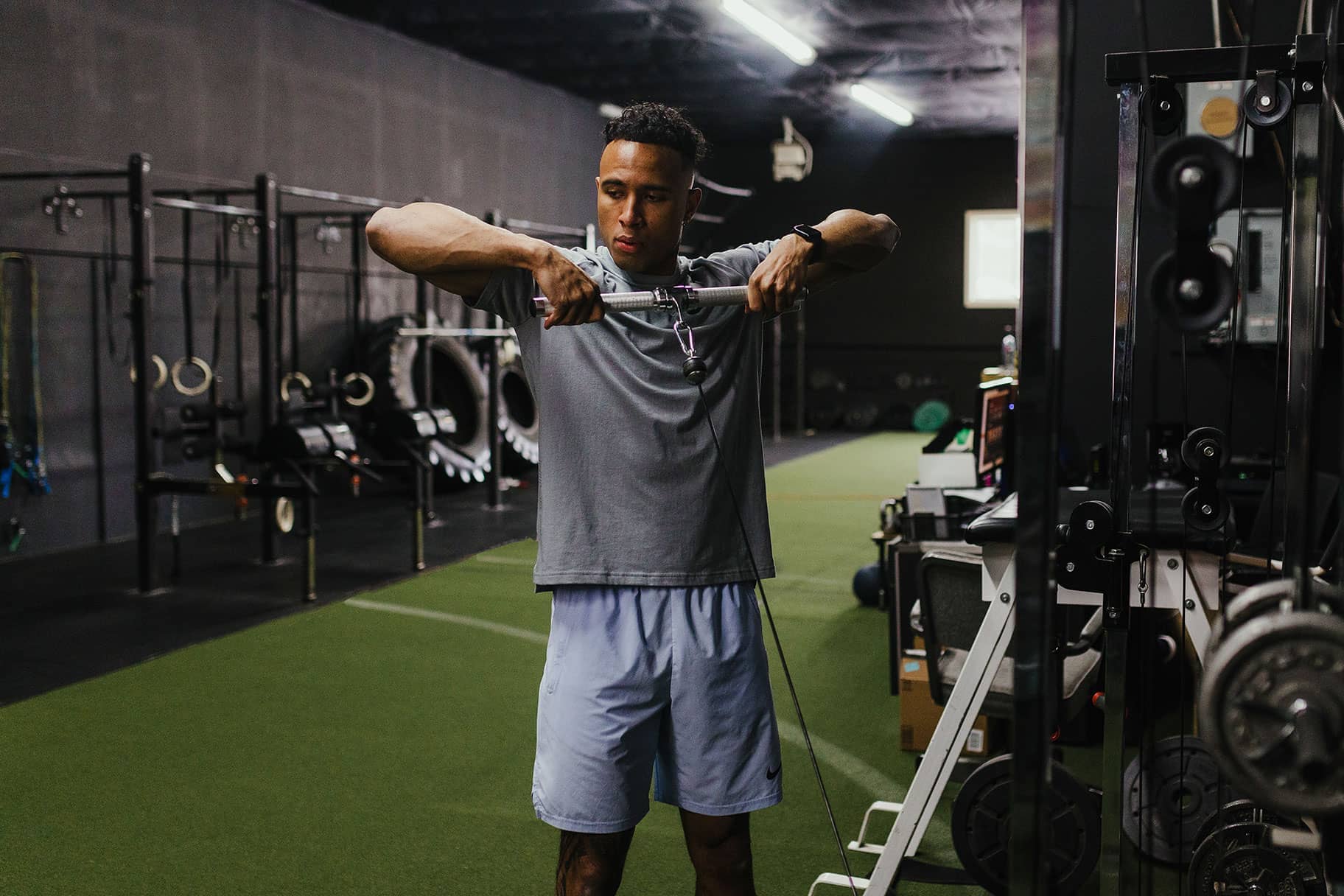
Putting a rowing-style movement into your workout mix can provide full-body benefits. And, if you're looking to work your arms in particular, you don't even need a rowing machine—thanks to upright rows.
Unlike being on a rowing machine or in a boat—which involves having arms straight out in front and pulling in towards your chest—upright rows are done in a vertical motion. That means standing up with your back straight, knees softly bent and feet parallel, while holding a weight—such as dumbbells, a barbell or cable—and maintaining an overhand grip on the equipment.
According to Rocky Snyder, CSCS and author of the strength-training guide "Return to Center", the "row" is keeping that weight close to the body as your hands travel up to your shoulders, with elbows flaring out to the sides, at about neck height as the weight pauses around chin level.
In this movement, the primary muscles worked are the rear deltoids (on the back of the shoulders) and the upper trapezius (on the top of the shoulders).
(Related: Does It Matter if You Bench-press With Dumbbells or a Barbell?)
How To Prep for Upright Rows
When starting any new exercise, building a foundation through proper form is essential, and that usually starts with using either bodyweight or a very light weight. For example, a wooden dowel, which looks like a broom handle, can serve as a stand-in barbell, while allowing you to practise the motion of upright rows to establish proper form for the move.
(Related: The Top Bodyweight Workout To Do in Your Hotel Room)
"Where individuals tend to falter with upright rows is primarily in form", Snyder said. "That can lead to a strained lower back".
Here are some cues on form that can help protect the back and target the right muscles during the movement:
- Keep shoulders neutral rather than rounded forwards or thrown back. The former can lead to rotator cuff injury, while the latter can put strain on the lower back.
- Engage the core lightly for stability but don't "suck in your gut" as that can also cause lower-back strain.
- Lower the weight with control. Snyder said a common mistake is bringing the weight down too quickly, which throws off your form.
- Don't lock out the knees. Keeping a slight bend recruits the hip muscles and takes pressure off the lower back.
Working on form first can help prevent strain as you begin to add in variables like load and tempo.
Proper Form with Weights
Using weights requires more awareness about proper form, said Bill Kelley, DPT, CSCS. The biggest challenge tends to be keeping the elbows too low, as opposed to letting them flare upwards on either side of the head. That can sometimes be caused by choosing a weight that's too heavy to lift all the way up to the chin, and when that happens, your elbows can't come up fully. When this happens, it puts undue stress on the wrists, elbows and shoulders.
"Other missteps include having the weight too far out in front of the body, shoulders shrugging up, letting the weight pull you down and forwards on the descent and going up unevenly", Kelley said.
Using momentum to swing a weight upwards tends to be common but it throws off the entire movement, Jesse Feder, CSCS, said. People tend to swing when the weight is very heavy (as a way to use momentum to bring it up faster), but Feder said upright rows are not meant to be a low-rep, high-weight exercise. Instead, stick with a weight that's challenging but enables you to do the full row slowly—including bringing your elbows up and lowering the weight with control.
Variations of Upright Rows To Consider
Once you understand and feel comfortable with bodyweight or lightweight upright rows, you're likely ready to play around with what to lift, such as barbells, dumbbells, kettlebells, cables, resistance bands and even sandbags, Feder said. Using different modalities is important for recruiting more muscles, leading to holistic strength throughout a movement pattern.
Here are the three most common upright rows:
1.Barbell Upright Rows

When using a barbell, the grip is often wider than an upright row done with dumbbells or kettlebells. Snyder said the advantage with a barbell is that you must lift evenly to keep the barbell level with the floor, a technique that may recruit more muscles—especially in the core—to create more stability. This is because if your core isn't engaged, one side of the barbell is likely to drop and being even slightly off-kilter will throw off your form.
2.Cable Upright Rows

As the name implies, this variation relies on the cable pulley machine, using a straight bar. Unlike dumbbells and barbells, cable systems can alter the angle and amount of resistance, Snyder said. "Changing the pulley position can provide variation to the direction of force against the body", he said. That's beneficial for recruiting more muscles, even if you're doing the exercise seated, according to 2019 commentary in ACSM's Health & Fitness Journal.
3.Dumbbell or Kettlebell Upright Rows

By using two weights instead of one, it prompts more freedom in your arm movement, Snyder said. That can encourage more symmetrical strength gains compared to the barbell and can help prepare for other exercises like pull-ups and deadlifts as those movements also rely on symmetrical strength in the upper body. Also, preventing muscle imbalance through more symmetry can improve movement coordination and reduce injury risk, according to a study found in a 2020 issue of the International Journal of Environmental Research and Public Health.
Benefits of Adding Variations to Your Workout
Because upright rows are such a foundational exercise, it's easy to add variety to keep a workout fresh and gain benefits, while still targeting the same muscles and using that solid, proper form. For example, you can try using a sandbag, kettlebells, single kettlebell, weight plate (gripping the edge) or fitness tube.
Cycling through multiple variations with different equipment can keep a workout interesting, Snyder said, adding that there's always the option to increase reps, sets, weight or change the tempo of your lifting. However, it's always a good idea to consult an expert, such as a certified personal trainer or certified strength and conditioning specialist, before changing your exercise routine—especially if it involves heavier weight and more reps.
"The slower the movement, the more challenging it becomes", Snyder said. "Also, supersetting—when you perform two exercises for one set each, with little or no rest between sets—the upright row with another exercise that fatigues the rear deltoids and upper trapezius is yet another way to elevate the intensity level".
The Bottom Line
Each type of upright row offers benefits in working the upper body, so the differences come down to your goals and preferences, Kelley said.
No matter which you choose, focusing on proper form can fire up the upper-body muscles while improving stability and control—two qualities that will serve you well in the rest of your workout, too.
Words by Elizabeth Millard, ACE CPT
